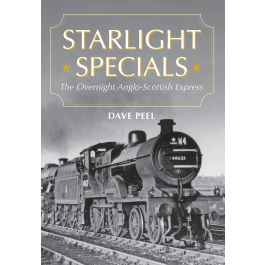The same way that the used bedding from the Down service from Paddington to Plymouth was dealt with, which was bagged up and sent back to London the next night in the van. Only an accountant then withdrew the van, so it was piled instead in the forward end vestibule. This was the laundry that caught fire in the Taunton Sleeper Fire.I wonder how the used laundry from the southbound sleeper was dealt with during the period when the sleeping cars only ran north of Nottingham. My guess would be that it would have been bagged up and sent back to Glasgow on the following night's northbound train and then dealt with at Polmadie.
Van was back the following night.

